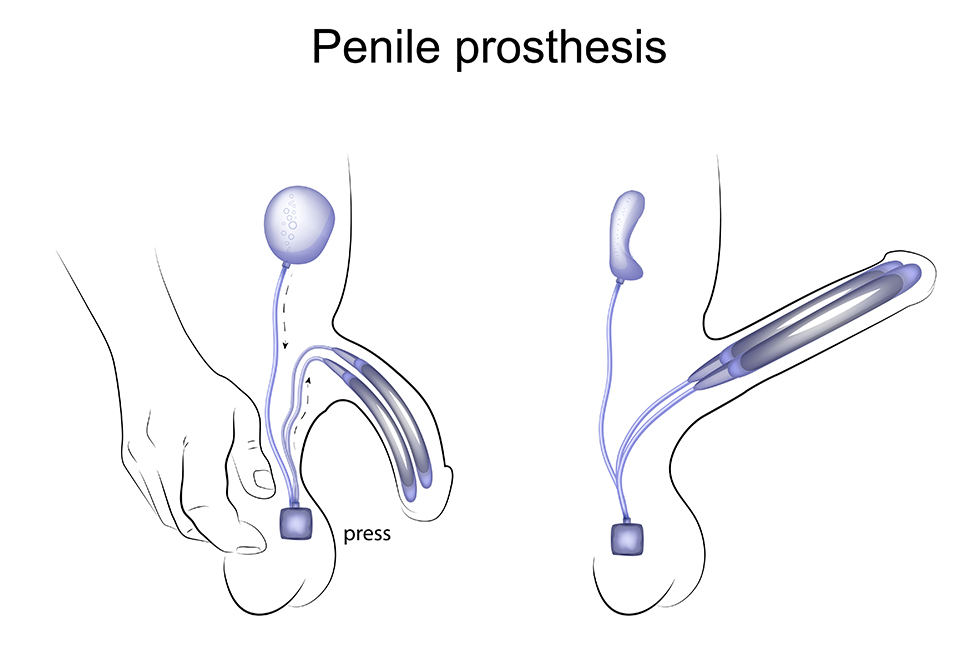Penile surgery encompasses a range of procedures aimed at addressing various medical conditions, functional issues, or aesthetic concerns related to the penis.
The most common types of penile surgeries performed by a penile surgeon include:
- Circumcision: Circumcision is the surgical removal of the foreskin covering the head (glans) of the penis. This procedure is commonly performed for medical, cultural, or religious reasons. It can alleviate issues such as phimosis (tight foreskin that cannot be pulled back), recurrent infections under the foreskin, or adherence of the foreskin to the glans.
- Penile Implant Surgery: Penile implants, also known as penile prostheses, are devices surgically implanted into the penis to facilitate erection in men with erectile dysfunction (ED) that does not respond to other treatments. There are two main types of penile implants: inflatable implants that allow for control over the timing and duration of erection, and malleable (semi-rigid) implants that maintain a constant firmness.
- Penile Reconstruction: Penile reconstruction surgeries are performed to correct congenital abnormalities (such as hypospadias or epispadias), injuries, or deformities of the penis. These procedures aim to restore normal function, appearance, and urinary control. They may involve tissue grafting, reshaping of the penile shaft, or repositioning of the urethral opening.
- Penile Lengthening and Widening: Cosmetic penile surgery may involve procedures to increase the length or girth of the penis. Techniques for lengthening may include ligament release (to expose more of the penis that is usually hidden inside the body) or tissue grafting. Penile widening procedures can involve injections of fat or synthetic fillers into the penis shaft.
- Correction of Pyronine's Disease: Peyronie’s disease causes curvature of the penis due to fibrous scar tissue (plaque) formation. Surgical procedures for Peyronie’s disease aim to correct the curvature and improve penile function. Techniques may include plaque incision/excision, grafting procedures, or penile prosthesis placement.
- Penile Cancer Surgery: Penile cancer surgery involves the removal of cancerous tissue while preserving as much of the penis as possible. Depending on the extent and location of the cancer, procedures may range from partial penectomy (removal of part of the penis) to total penectomy (removal of the entire penis), with reconstruction techniques to maintain urinary and sexual function.
- Repair of Penile Trauma: Penile trauma, such as fractures (rupture of the erectile tissue) or severe lacerations, requires immediate surgical intervention. Surgery aims to repair the damaged tissues and restore normal penile function and appearance.
Each of these surgeries requires careful consideration of the patient’s medical history, current health status, and specific needs. Penile surgeons, often specialized urologists or reconstructive surgeons, utilize their expertise to provide personalized treatment plans and comprehensive care to ensure optimal outcomes for their patients.





Comments